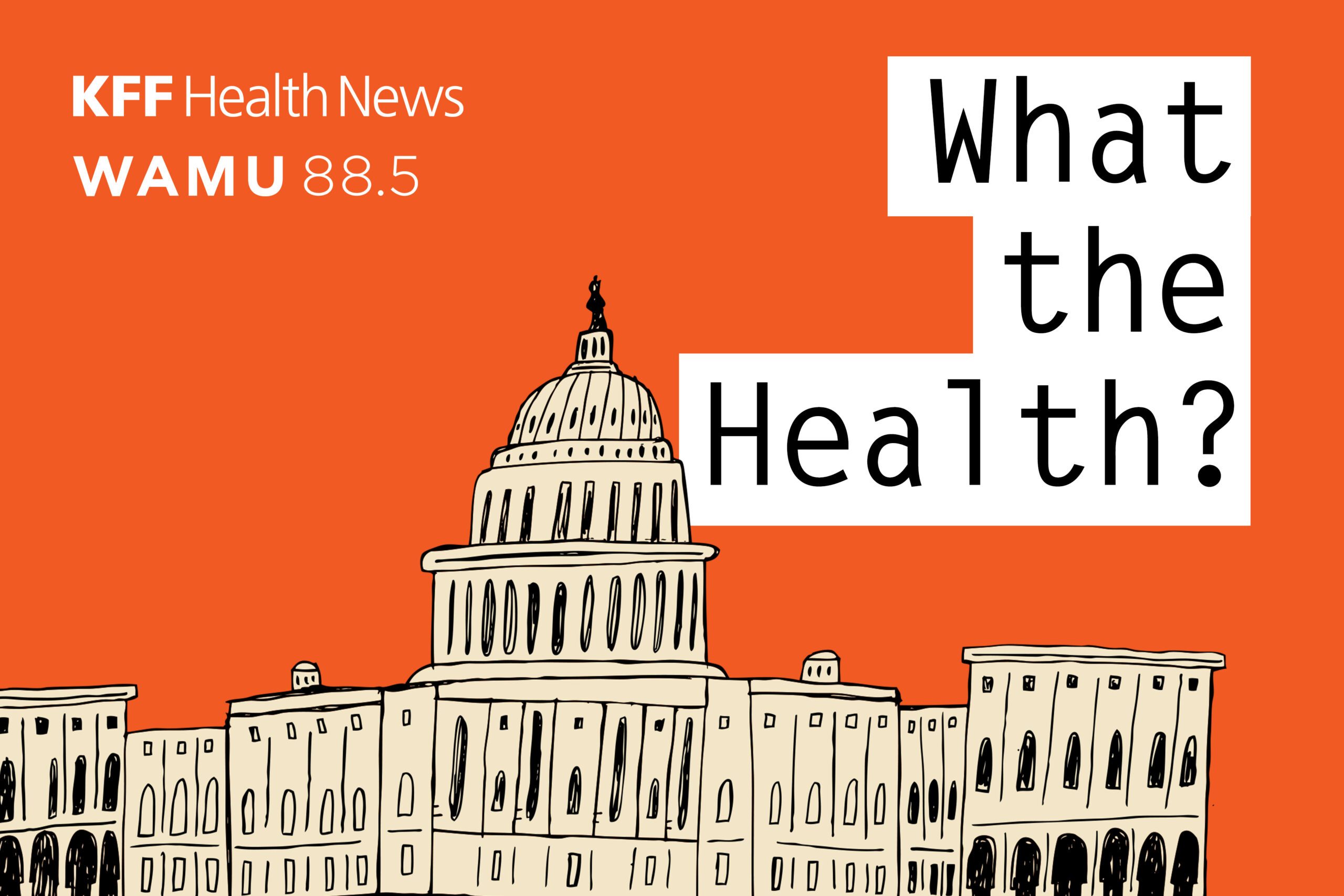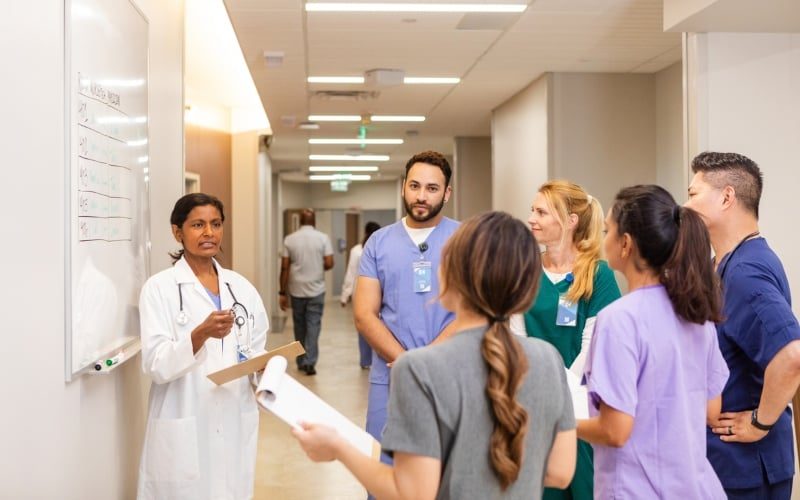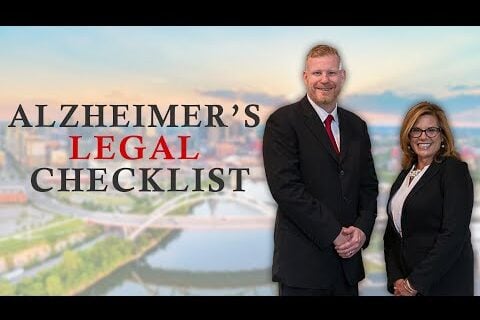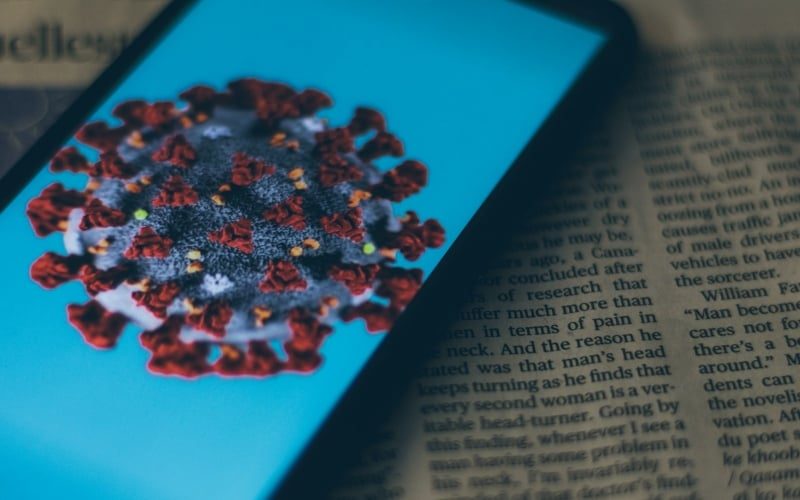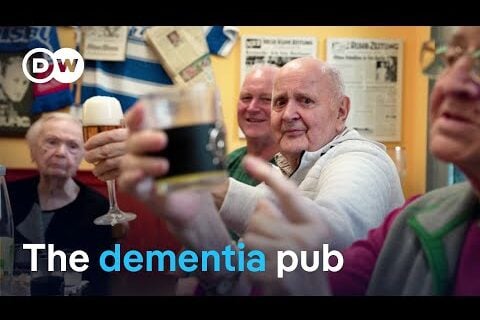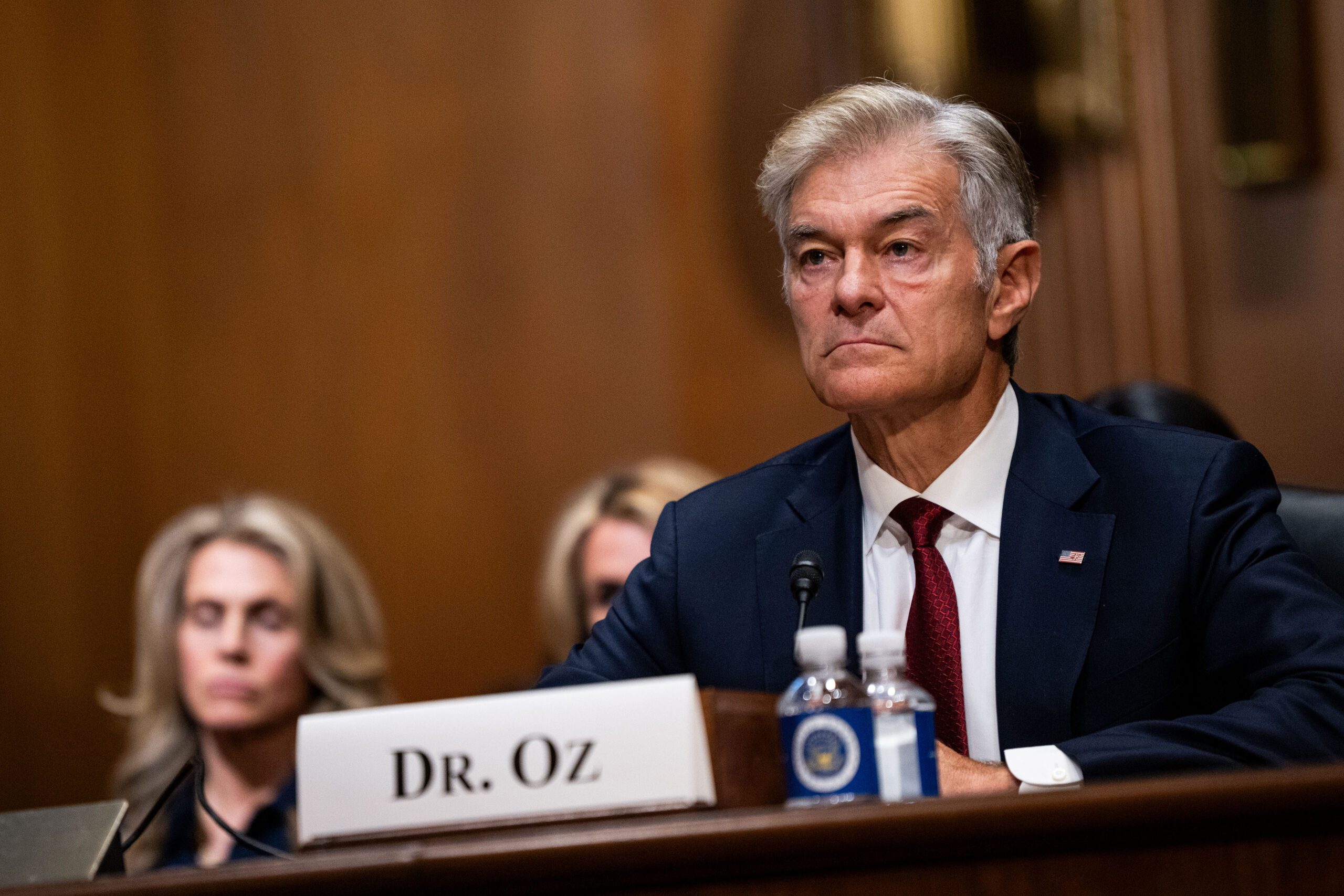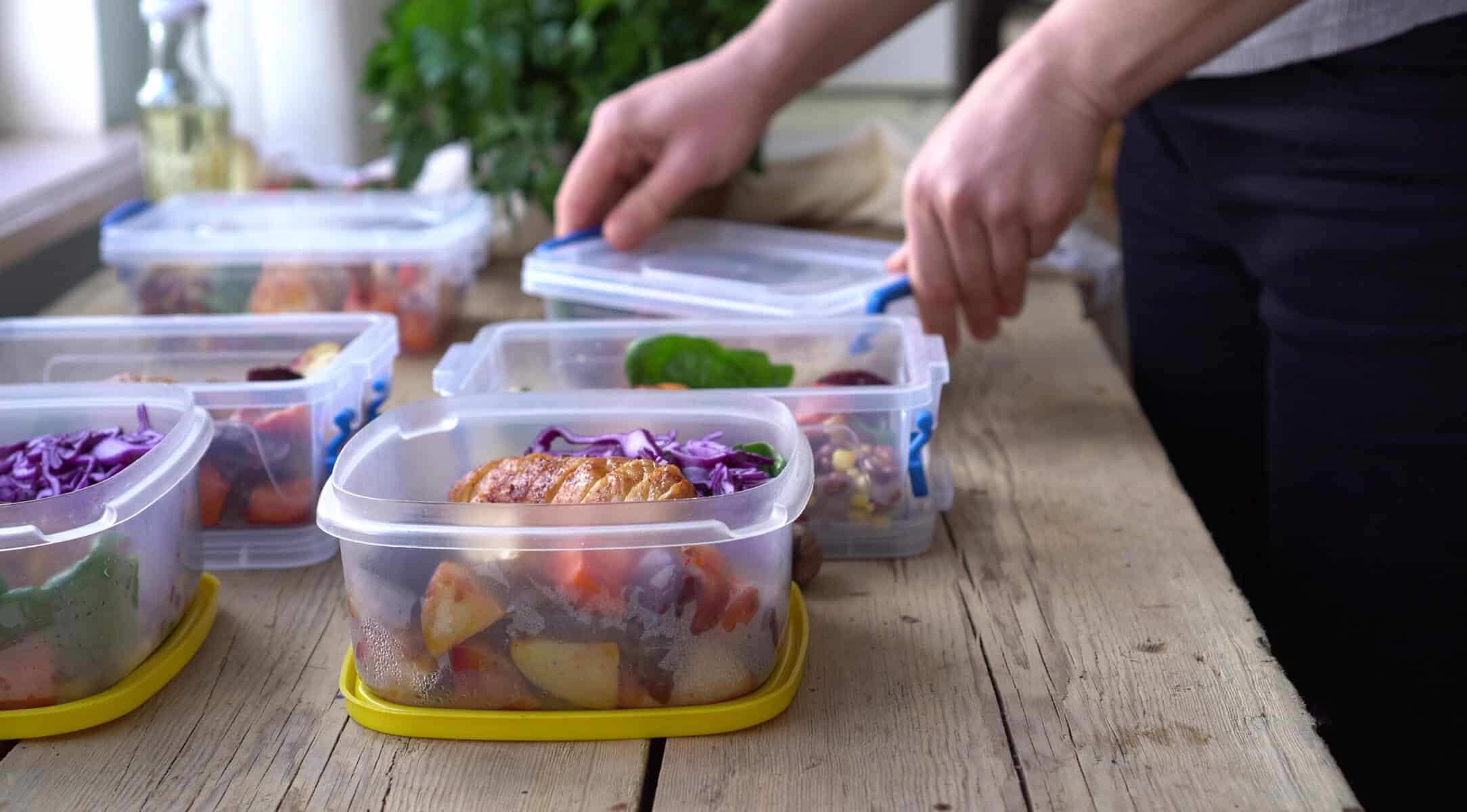
As fires burn across Southern California, they are not only affecting their immediate communities. They’re also reigniting the fear and trauma left behind from January’s devastation, compounding the already tense and uncertain environment in Los Angeles.
Earlier this year, wildfires forced thousands to evacuate, destroyed homes and choked neighborhoods in smoke for weeks. But the damage didn’t stop when the flames died down. For the most vulnerable — low-income families, older adults, children, people with disabilities and those already facing housing insecurity — the impacts went far beyond burned property and continue to be long-lasting.
As we’ve seen repeatedly, poor air quality during wildfire season is a silent but powerful threat. In the wake of the fires, I brought Project HOPE team members into Los Angeles immediately, setting them up near my home, and we hit the pavement the next day, distributing hundreds of medical-grade air purifiers, N95 masks and replacement filters to community health centers, schools and shelters. But demand far exceeded supply. Many Angelenos, young and old, especially those living in overcrowded and temporary housing, had no access to clean air.
While respiratory health is often the first concern during a wildfire, it’s only part of the road to recovery.
The emotional toll that these disasters have is equally alarming. Months later, every person I’ve spoken to across the city has been left terrified and traumatized. Parents at my kid’s school have shared their worries — not just about rebuilding, but also about how to ensure their children feel safe again. Teachers have told us that students cry during fire drills. Sirens raise goosebumps.
Mental health is often left out of disaster response, but it’s a critical part of recovery. Without intervention, trauma can harden into lasting mental health conditions — especially for those already living under chronic stress.
That’s why my team at Project HOPE has shifted our focus from immediate relief to long-term mental health and psychosocial support. We’ve launched youth wellness programs in schools to help children process trauma, develop emotional resilience and rebuild a sense of stability. We’re also supporting educators, social workers and caregivers who are navigating their own trauma while trying to guide others through the healing process.
This work isn’t flashy. It doesn’t make the news. But it matters deeply. Emergency response must be more than a sprint — it’s a marathon. And for the communities we serve, recovery doesn’t end when the smoke clears. It isn’t just about rebuilding homes; it’s about rebuilding lives and helping communities heal not only physically but also emotionally. It’s measured in the return of routine, in the quiet moments when a child feels safe again, in a teacher’s ability to focus on the day instead of the next crisis.
As the fire season continues, we must do more than prepare for evacuations — we must invest in long-term recovery and protection. That means ensuring equitable access to air purifiers and clean indoor air. It means integrating mental health services into emergency response plans from the start. And it means recognizing that recovery doesn’t end when the smoke clears.
Many Los Angeles residents are still recovering from the last fires and, for some, rebuilding may never be financially or emotionally feasible. Others are bracing for the next emergency, knowing how quickly a normal day can turn into a crisis. Those most at risk often have the fewest resources to protect themselves. Without focused intervention, the gaps in health, housing and mental health recovery will only widen.
We must act now — not just to respond when the fires come but to strengthen the systems that help people breathe, heal and rebuild. The physical and psychological aftershocks of wildfire season are real, and they don’t disappear with the flames.
Southern California still needs help and we can’t continue to wait until the sky turns red to offer it.
Chessa Latifi is the deputy director of emergency preparedness and response at Project HOPE.
This article first appeared on California Health Report and is republished here under a Creative Commons Attribution-NoDerivatives 4.0 International License.

—
Previously Published on calhealthreport.org with Creative Commons License
***
–
The world is changing fast. We help you keep up.
We’ll send you 1 post, 3x per week.
Join The Good Men Project as a Premium Member today.
All Premium Members get to view The Good Men Project with NO ADS. A complete list of benefits is here.
—
Photo credit: unsplash
Disclaimer: This story is auto-aggregated by a computer program and has not been created or edited by healthlydays.
Publisher: Source link



